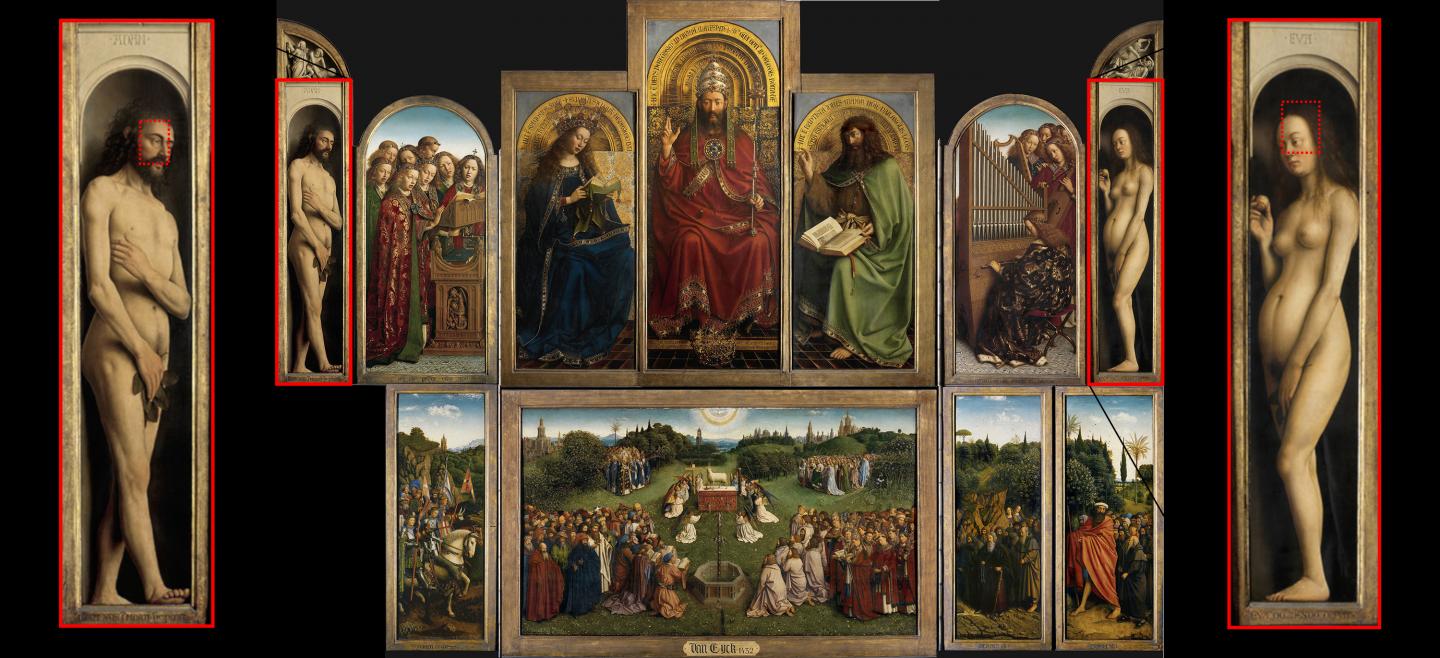
Artificial intelligence has been used to analyse x-ray images of the world famous Ghent Altarpiece, as part of an investigative project led by UCL to use AI to study the work of the Old Masters.
The collaboration between the National Gallery, Duke University and UCL is intended to provide new opportunities for art investigation, conservation and presentation by using cutting edge techniques to study centuries-old works of art.
Van Eyck’s Ghent Altarpiece is a large consisting of twelve panels located in St Bravo’s Cathedral in Belgium. The 15th century painting has survived near destruction over the centuries and was seized by the Nazis in the 1940s.
How AI is being used to unlock the secrets of Old Masters artwork
X-ray images are a valuable way of examining and restoring paintings as they can be used to establish a piece’s condition, as well as indicating what techniques were used by the artist.
However, traditional x-rays can produce images that are difficult to interpret, particularly if that artwork is double-sided or the artist has re-used the canvas.
Hélène Dubois, head of the conservation Pproject of the Ghent Altarpiece at the Royal Institute for Cultural Heritage said:
How well do you really know your competitors?
Access the most comprehensive Company Profiles on the market, powered by GlobalData. Save hours of research. Gain competitive edge.

Thank you!
Your download email will arrive shortly
Not ready to buy yet? Download a free sample
We are confident about the unique quality of our Company Profiles. However, we want you to make the most beneficial decision for your business, so we offer a free sample that you can download by submitting the below form
By GlobalData“The application of AI to x-ray image processing will provide very useful tools to decrypt complex technical images. The structural weaknesses of the wooden supports and of the ground and paint layers could be diagnosed with more precision.
“These images will also help to understand the brothers Van Eyck’s techniques and the changes carried out in the course of the successive execution of this unique masterpiece. This new development of the use of the traditional x-ray has great potential for countless applications in conservation of irreplaceable works of art.”
By separating the complex x-ray images, the new algorithm enables researchers to better understand Old Masters paintings, and this can help experts in protection and restoration.
These images are part of a set of high resolution pictures acquired using different imaging techniques as part of the altarpiece’s on-going conservation by the Royal Institute for Cultural Heritage, providing a wealth of data.
Lead academic Dr Miguel Rodrigues, from UCL’s Electronic and Electrical Engineering department, commented:
“This approach demonstrates that artificial intelligence-oriented techniques, powered by deep learning, can be used to potentially solve challenges arising in art investigation. We’d like to see the impact that the development of similar AI-oriented approaches will have on our ability to reveal other hidden features in a painting, such as earlier concealed designs.”
Read More: Technology and the contemporary artist: An interview with Bryan The Girl.







